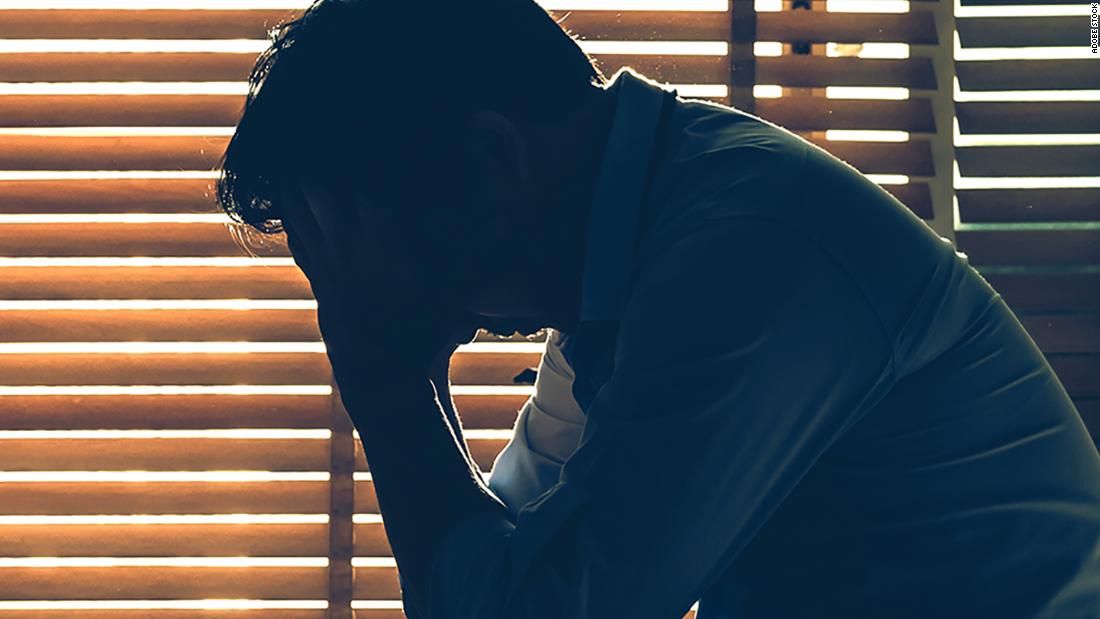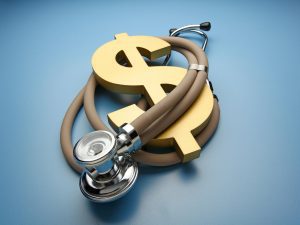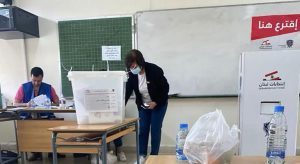
In light of the news — and National Stroke Awareness Month — experts are urging members of the public to learn more about the signs of stroke, so they are able to identify them and get medical help early.
What a stroke actually is
“A heart attack is a heart attack, and a brain attack is a stroke,” Freeman said. It is “usually a sudden decrease in blood flow to the brain.”
That can mean that something blocks blood to the brain or that a blood vessel in the brain bursts, according to the CDC.
There are two main types: ischemic and hemorrhagic. Most strokes are ischemic and occur when blood to the brain is blocked by clots or particles like fatty deposits called plaque, the CDC said.
When a brain artery leaks or ruptures, it’s called a hemorrhagic stroke, the CDC said.
What is happening to the brain
In a hemorrhagic stroke, the blood that has left the artery damages brain cells when it applies too much pressure, the CDC said.
What to look for
Strokes are often identified by a sudden, severe headache, vision problems in one or both eyes, trouble walking, paralysis or numbness in the face or limbs, and trouble speaking or understanding others, according to the Mayo Clinic.
Experts use the acronym FAST (face, arms, speech, time to call the doctor) to describe what to do in the event of a stroke.
First, ask the person to smile and see if one side of their face drops. Then, ask them to lift both arms — note if one arm can’t raise or drifts downward. Third, check for slurred or strange speech by asking them to repeat a simple phrase.
If any of these raise concerns, seek emergency medical help immediately, the Mayo Clinic said.
How to treat a stroke
Treatment and recovery depend on the severity of the stroke and how quickly the patient receives medical care.
Smaller strokes may leave less impact, but larger ones can change much of a person’s life, Freeman said. Where the stroke happens in the brain can influence the effects, like whether a person needs to relearn to walk or talk in their recovery, he added.
“If you can get to the hospital within a certain time period, you may be able to receive life-saving therapies like a clot busting drug or a procedure to restore blood flow,” Tavee wrote in an email.
Strokes are a leading cause of death in the United States and can cause disabilities, but they are treatable, according to the CDC. “If you’re having a stroke, getting immediately to a hospital or facility that can intervene can significantly improve outcomes by restoring blood flow quickly,” Freeman said.
How to prevent a stroke
There are six things that Freeman recommended people do to prevent not just stroke, but other vascular risks.
“The very same thing that prevents heart disease also prevents cerebrovascular disease,” he said.
On average, adults need about seven hours of uninterrupted sleep each night, he added.
Lastly, Freeman said, it’s important to your health to build a network of love and support.
“I know that kind of sounds hokey in today’s day and age,” he said. “It turns out that the ones with the most loving, supportive, strong social networks … they actually end up with the least amount of cardiovascular disease.”

